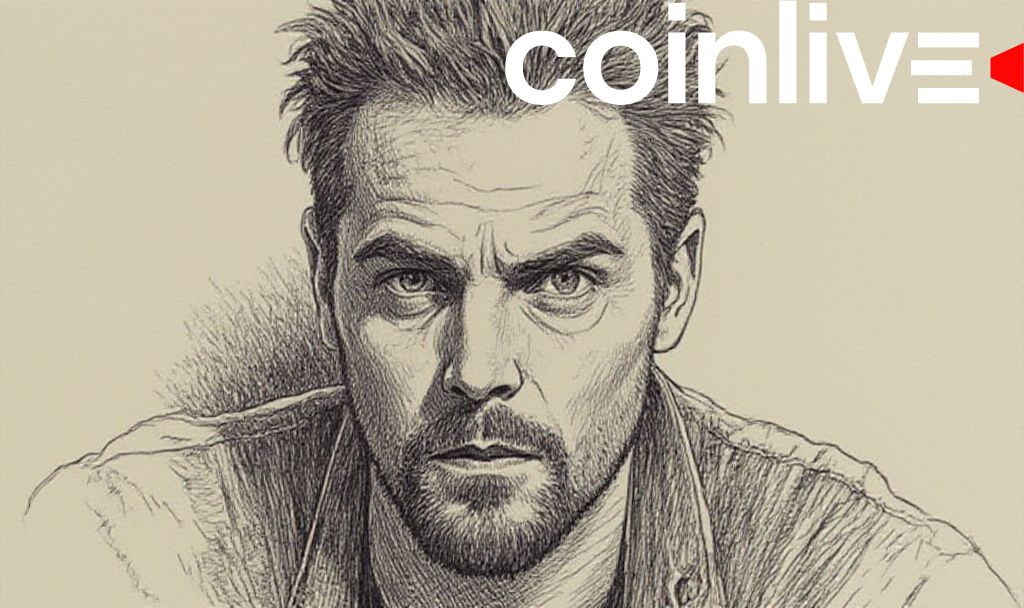- Former SEC official warns of contagion risk.
- Relaxed oversight could affect global banks.
- Market integration raises systemic risks.

The event highlights the potential risks if digital assets integrate with traditional banking without adequate oversight, mirroring pre-2008 scenarios.
Termination of Crypto Enforcement and Market Risks
John Reed Stark, who previously led the SEC’s Office of Internet Enforcement, has raised concerns over the termination of crypto enforcement efforts by the agency. Stark’s concerns are echoed by Lee Reiners, a Lecturer at Duke University, who emphasized, “Relaxed oversight of token markets and the simultaneous expansion of traditional banks into token services may establish opaque linkages across financial institutions that have not been subjected to regulatory stress testing.” This issue has been spotlighted in light of potential risks to banking stability.
Stark and Reiners argue that relaxed oversight in token markets and banks expanding into digital assets may create opaque linkages, lacking proper stress testing. This could pose considerable risks to financial institutions.
Critically, the absence of stringent crypto oversight could lead to digital asset exposure for federally insured banks and pension funds. This circumstance might expose critical financial sectors to new forms of systemic risk. The SEC’s actions on winding down crypto enforcement parallel concerns preceding the 2008 crisis. Previously, similar risks resulted in systemic markets contagion, hinting at comparable challenges for today’s financial landscape.
Evolving Regulatory Strategies and Potential Impacts
Furthermore, the cessation of SEC high-profile cases against platforms like Coinbase and Binance reflects ongoing changes in regulatory strategies. These shifts indicate evolving dynamics in law enforcement concerning emerging technologies.
The regulatory changes might lead to unforeseen financial, regulatory, or technological impacts. Observers suggest the increased risks could echo historical challenges, requiring regulators to assess the breadth of market interconnections. The evolving landscape of digital assets in conjunction with traditional banking can be further explored through the FDIC’s clarifications on bank activities.








